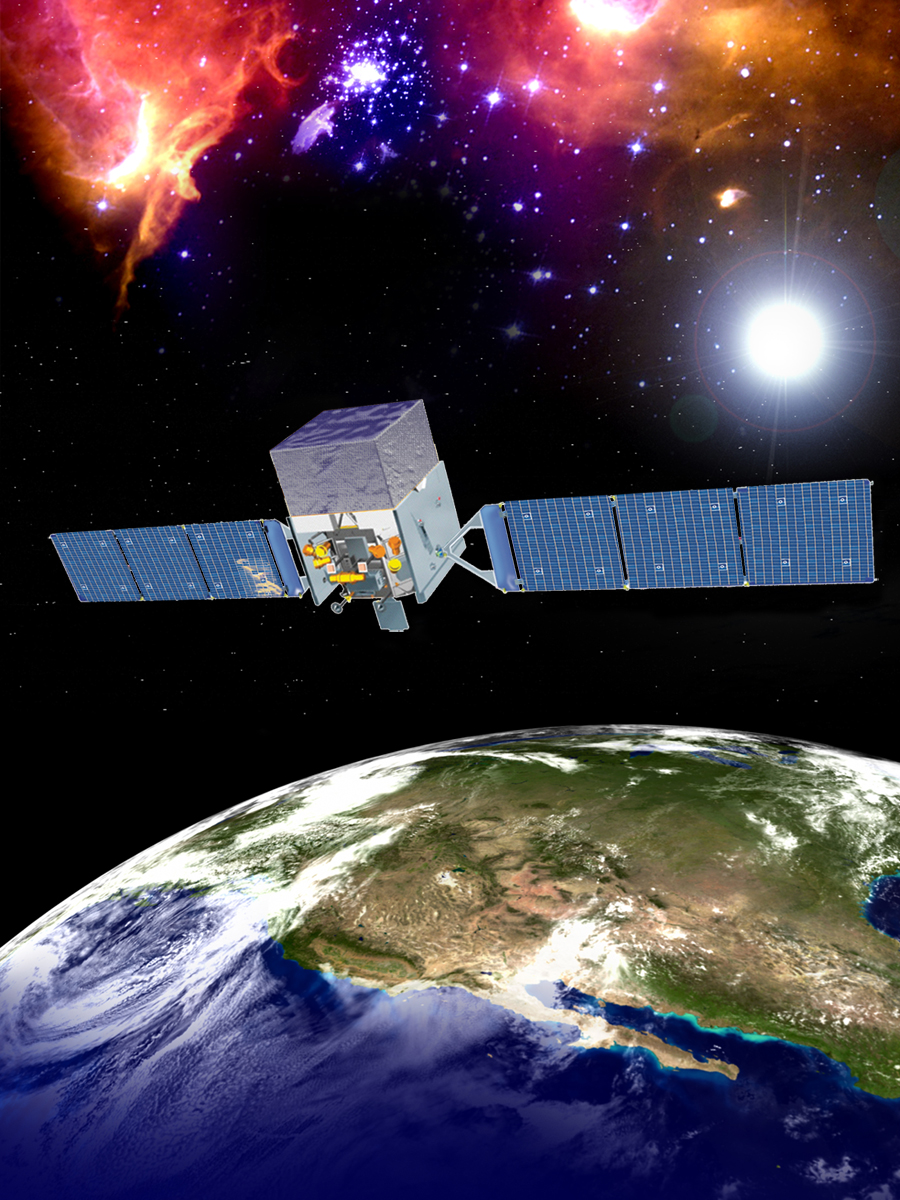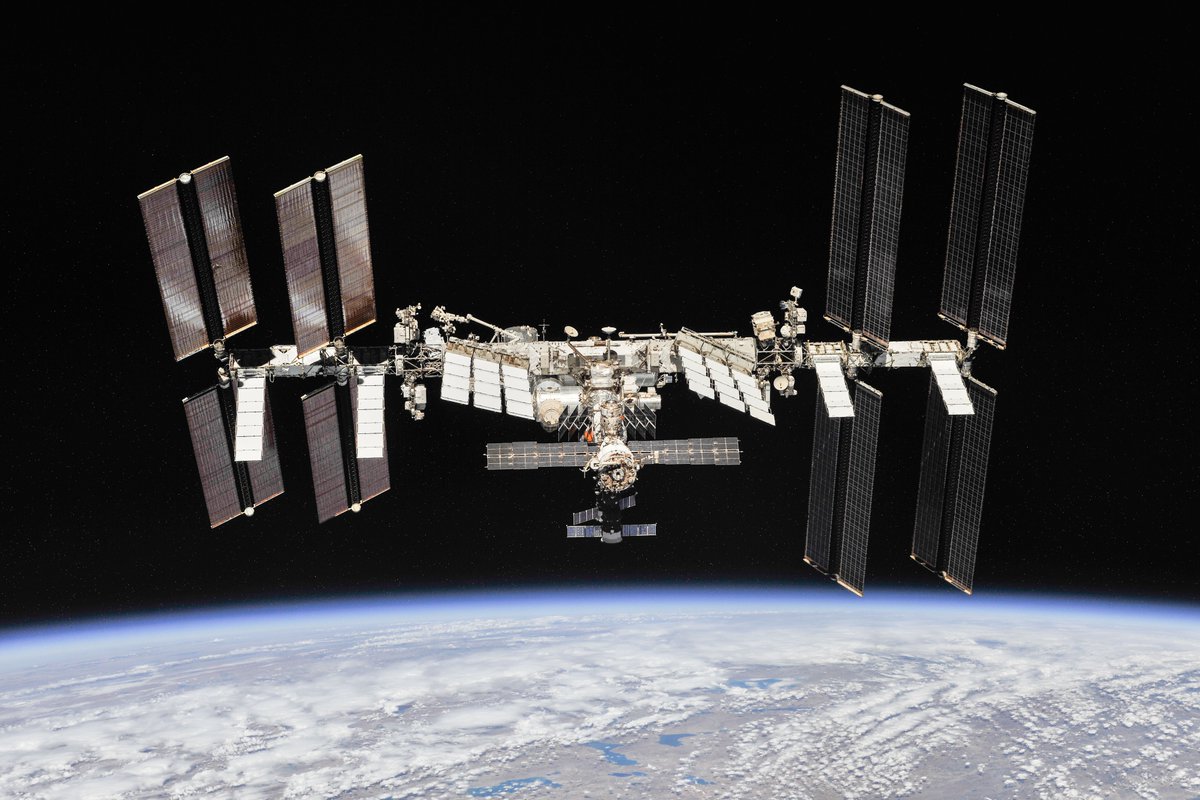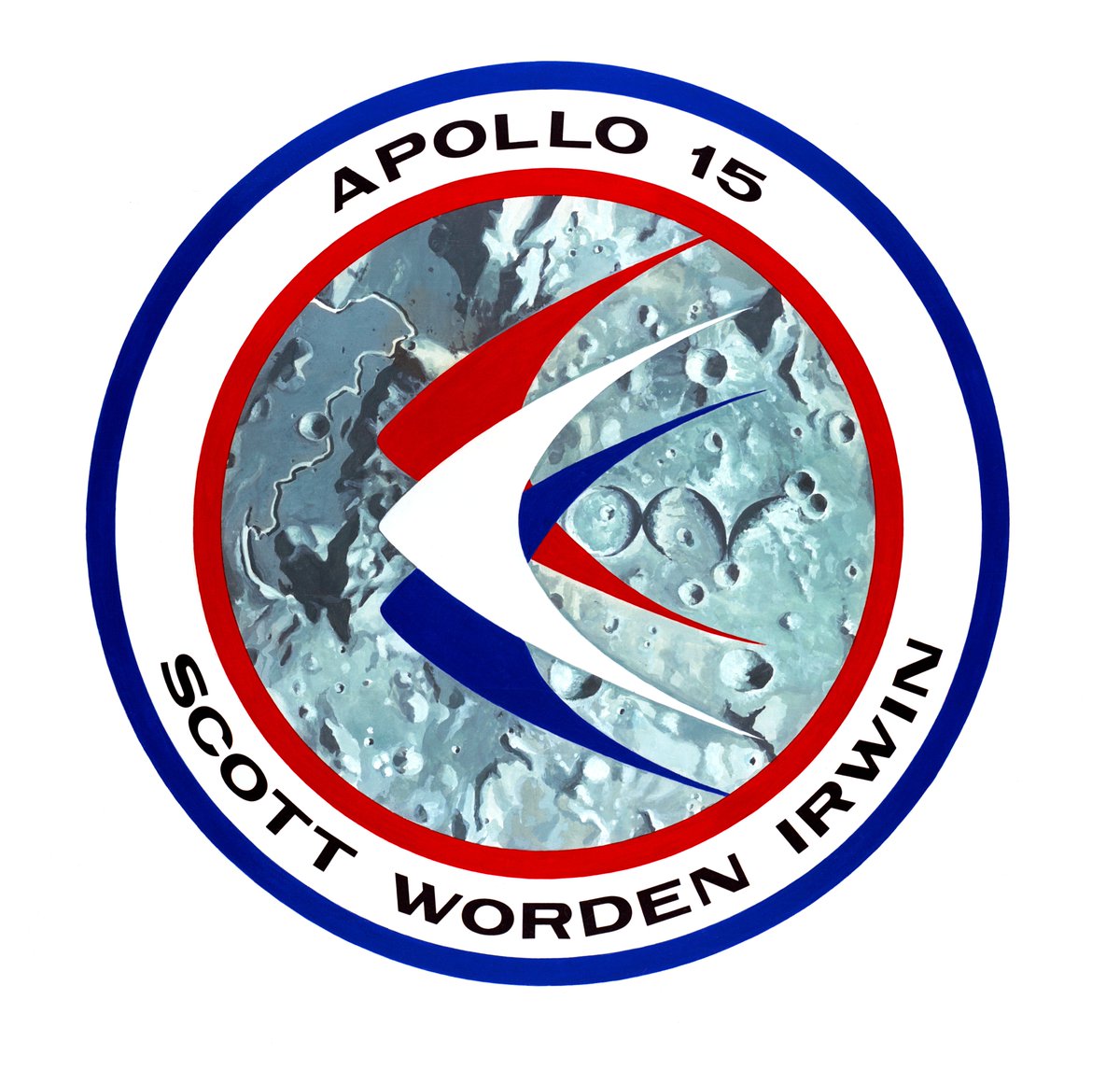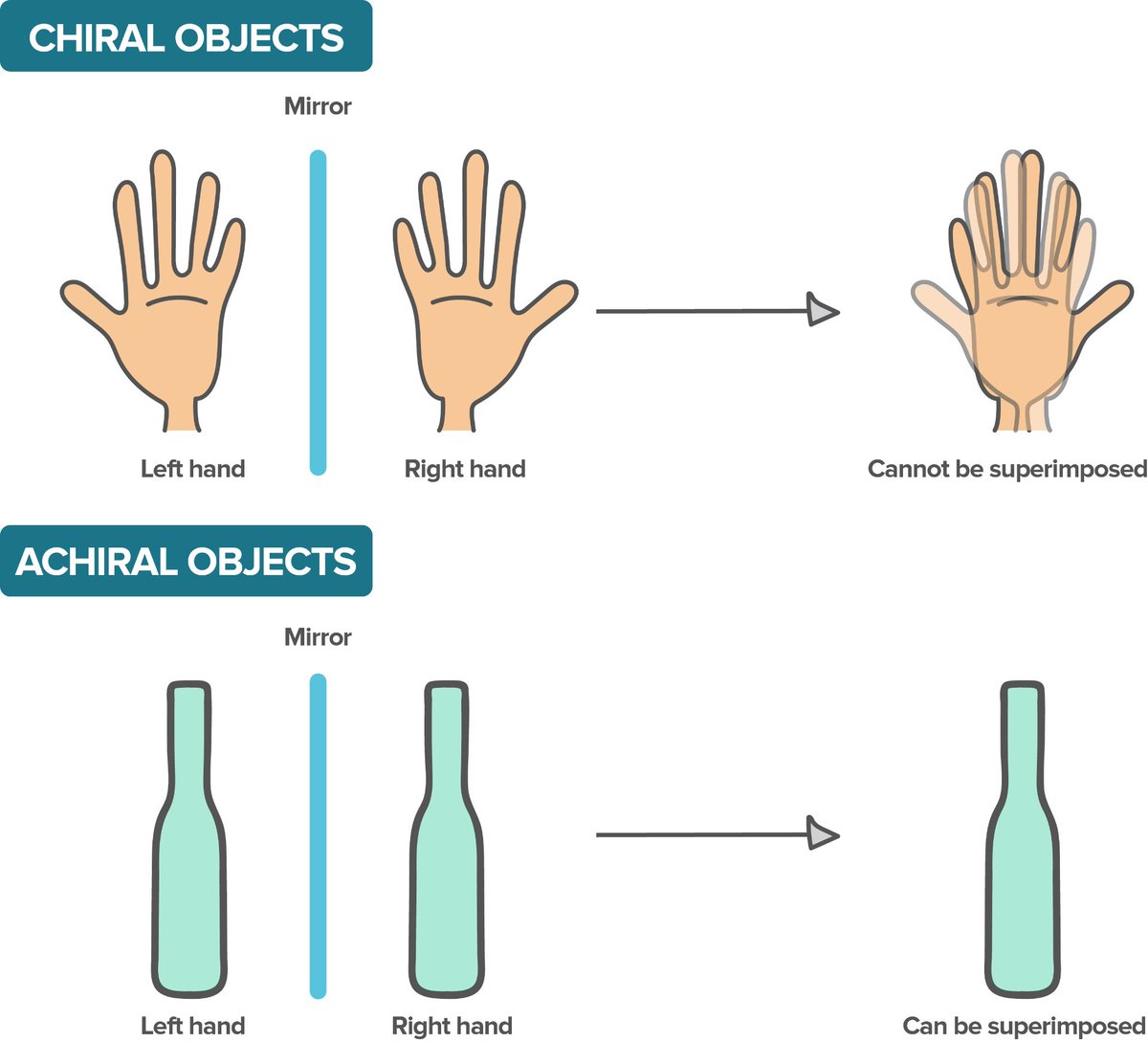So let us look at some #space and ground-based telescopes that give us information about #pulsars via #multiwavelengthastronomy 

Most gamma rays coming from space are absorbed by the Earth's atmosphere, so the telescopes are space based. The @fermitelescope & Integral missions have discovered many gamma-ray pulsars 





In addition to the X-ray telescopes such as @chandraxray & @NASANuSTAR, the recently launched #NICER mission will help us probe the pulsar interior (I will explain this tomorrow) 



Pulsars, discovered at radio frequencies, have been detected by giant terrestrial telescopes including @TheNRAO, @almaobs, @LOFAR, @Observ_Nancay 

India has its own share of pulsar surveys with #GMRT & #ORT operated by @NCRA_Outreach & the recent multiwavelength (X-ray, optical, UV) mission #ASTROSAT 



So what information does multi-wavelength astronomy of pulsars give us about its interior? And why should we study them? Watch this space tomorrow to find out 😉
• • •
Missing some Tweet in this thread? You can try to
force a refresh













